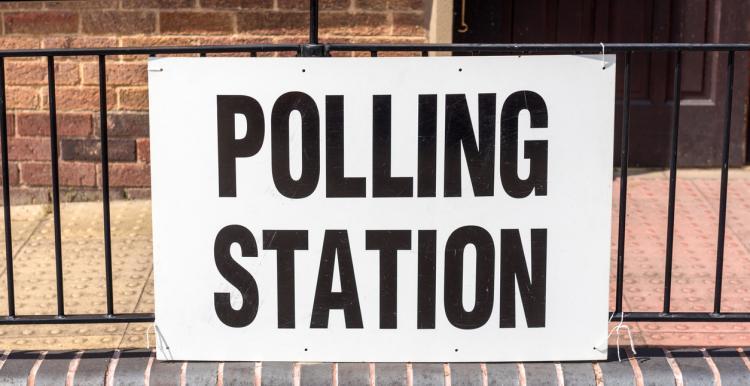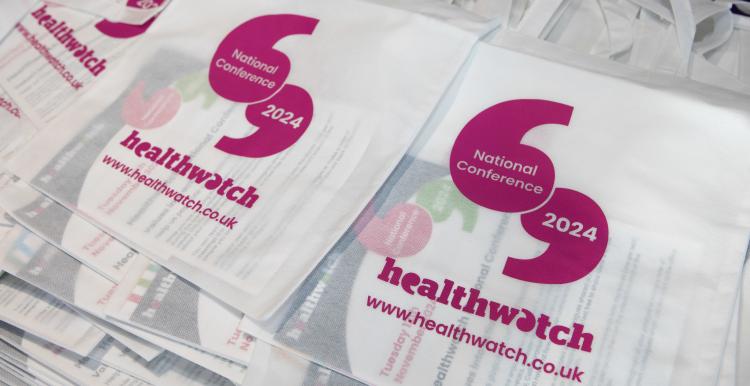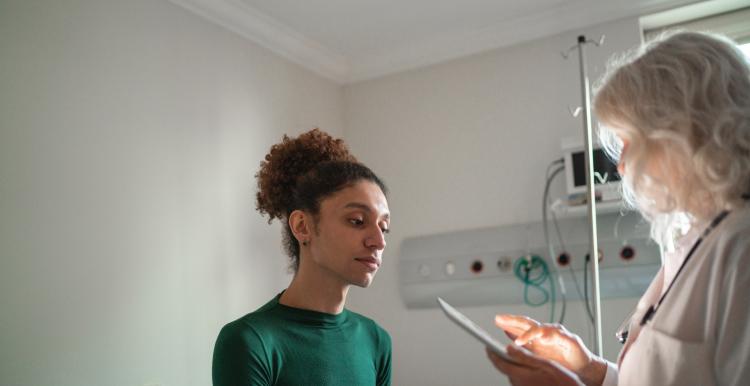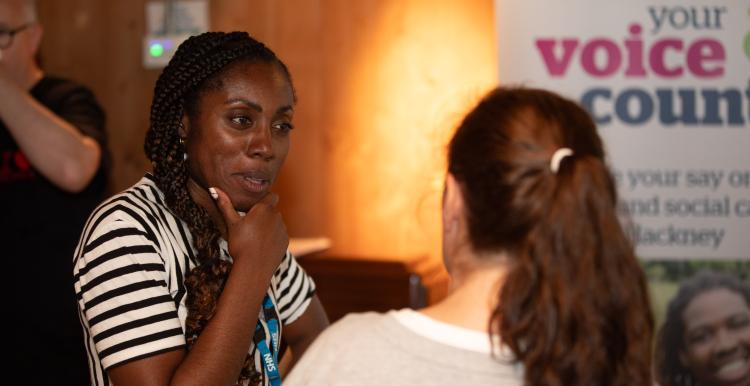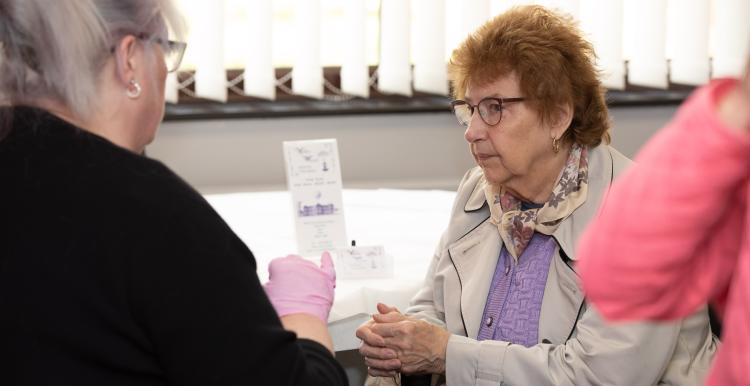Annual report template 2024 - 25
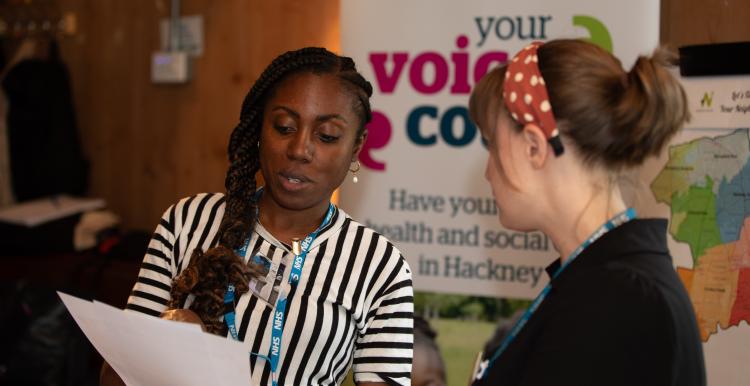
On this page you'll find information on, and links to:
Annual Report template
It's a legal requirement for your local Healthwatch to produce an annual report by the end of June. To help you do this, we have provided a template, which is available in PowerPoint and InDesign formats on the Communications Centre (Brandstencil).
The template uses our latest brand guidelines and includes guidance on how to complete your report, what to change, and what to include.
Please note you will need to be logged in to see the resources on the Communications Centre. There is one account per local Healthwatch. If you are having problems accessing your account, please email hub@healthwatch.co.uk.
Photography and icons
Images
It's great if you personalise the report with local photography. However, we are aware that many local Healthwatch struggle to source photography and do not have the budget to purchase many stock images. Check out our Flickr albums for a range of high-quality photos that are free for you to use.
Icons
As part of our brand identity we have a collection of simple line icons. These are used in this year's template, but should you wish to change any of them you can access the full suite here. We advise using the navy icons throughout, unless there is a dark background, in which case you should use the white icons.
Training and support
We want to help you produce the best report you can, so we have been running a series of webinars to help make the process easy and straightforward for you.
How to use the annual report template - recording
This recorded session will help you understand how to use the PowerPoint template, including changing pictures, updating text, and adding or deleting slides.
How to write for your annual report
These interactive sessions will show you how you can best highlight your achievements from the last year, how to write great case studies and how to demonstrate the difference your work made.
Tuesday 20 May | 10am - 11:30am
What is the deadline?
The deadline for your report is 30 June 2025.
Who do I send my annual report to?
Once you have published your report, you need to send it to:
- Healthwatch England (using this form)
- Your local Care Quality Commission contacts
- NHS England (Email England.healthwatchannualreport@nhs.net)
- Senior Integrated Care System leaders in your area
- The Overview and Scrutiny Committee of your local authority
- The local authority that commissions your service
How do I submit my report?
To submit your report, please upload the finished document through our website form linked to below.
Additional resources
So you've written and submitted your annual report – what next? We want to help you get the most out of your annual report content so we've put together guidance to help you do that.
What else can I do with my annual report content?
Once you have finished your annual report, you have loads of great content on your impact over the last year. Check out our tips to make the most of your annual report content across your digital channels.
How to make the most of your annual report content | Healthwatch Network


